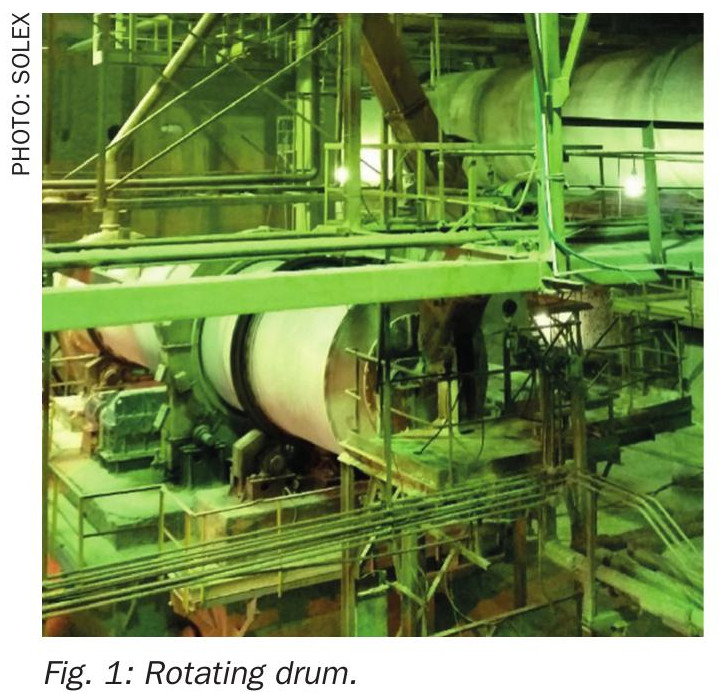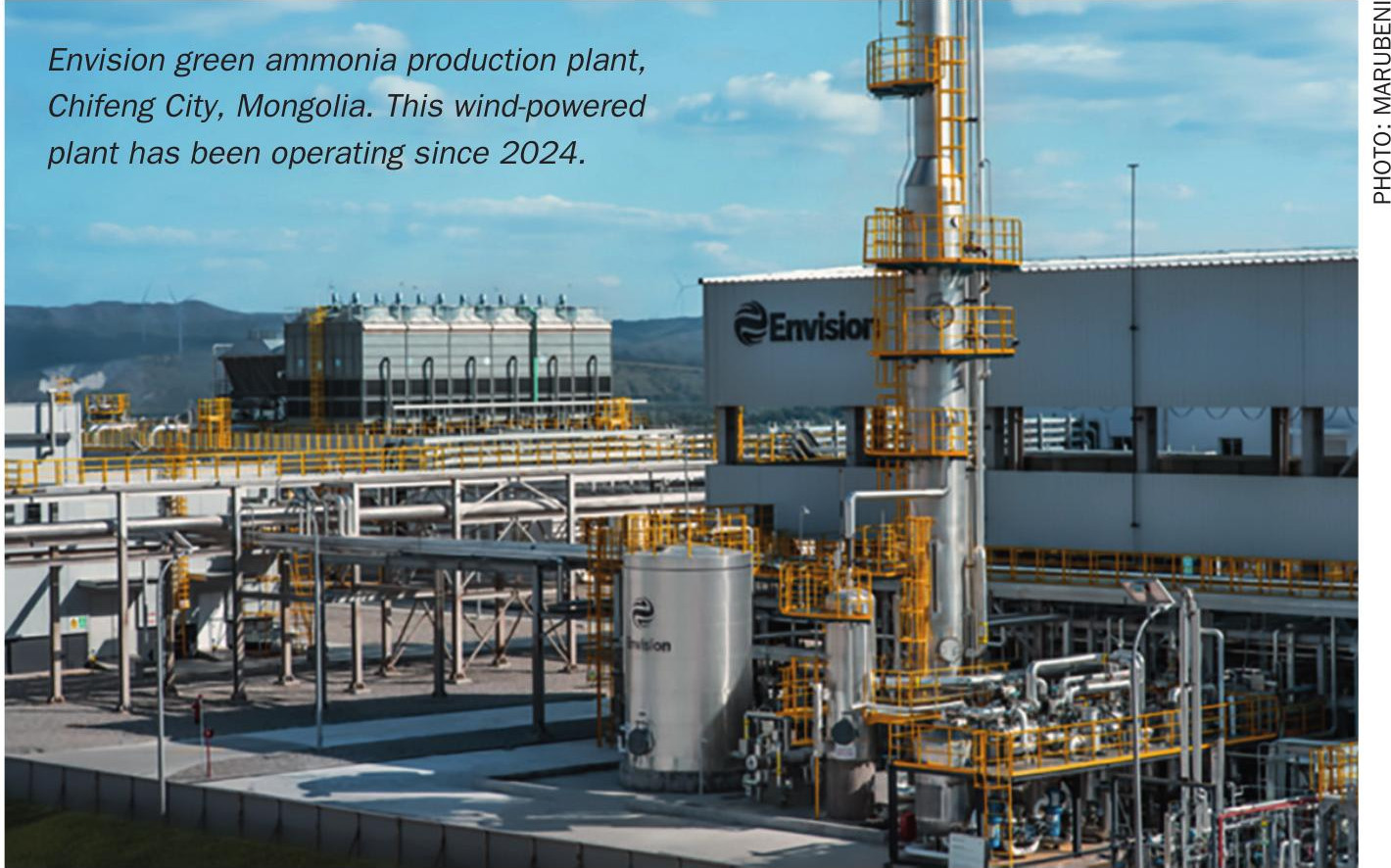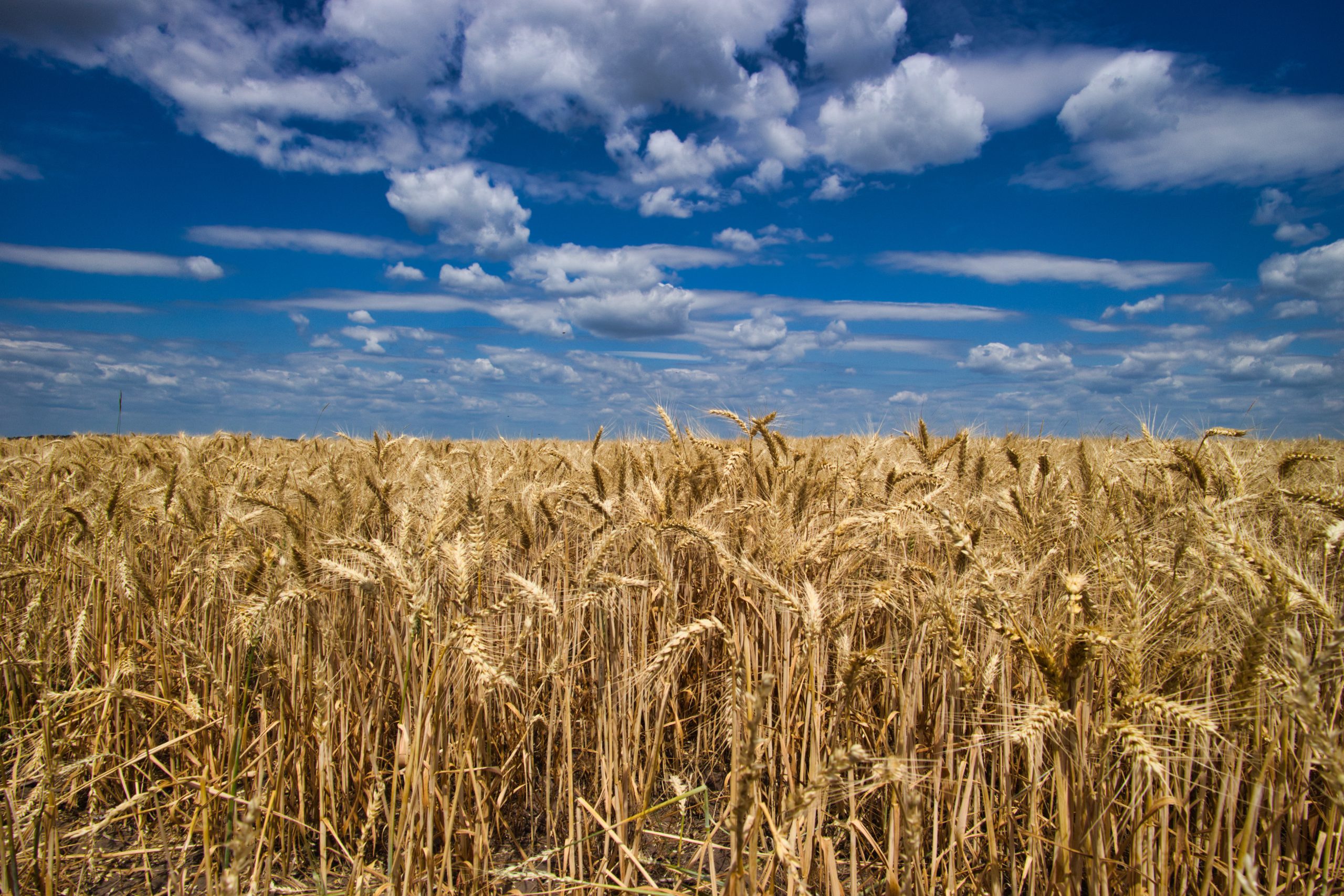Nitrogen+Syngas 394 Mar-Apr 2025

19 March 2025
Price Trends
Price Trends
Support for ammonia prices in markets east of Suez eroded during February. The ongoing bubble of support seen in NW Europe remained just about intact, though news of further declines at Tampa for March and slumping natural-gas prices should begin to eat away at any remaining support in the West. After declining $70/t during the first two months of 2025, the Tampa settlement between Yara and Mosaic was revised down a further $40/t for March, imposing further downward pressure on f.o.b. values in Trinidad and the US Gulf.
Across the Atlantic, while no new business was confirmed out of Algeria, supply appears still healthy, with Hexagon loading spot material for NW Europe, around which the majority of global spot activity of late has been centred. Spot material also arrived into Poland after Trammo agreed a prompt deal with fertilizer manufacturer Grupa Azoty.
East of Suez, markets were long in the Middle East with a healthy export line-up across the region. Prices continue to ease, with Ma’aden reporting considerably lower contract netbacks to India, where the market awaited the result of FACT’s 28 February import tender for up to 15,000 tonnes. There was no change to healthy export availability seen in Malaysia and particularly Indonesia, where spot numbers could soon approach $300/t f.o.b. In the Far East, domestic prices in China gained further ground, though delivered values on the seaborne market appear to be headed in the opposite direction. Contract prices in both South Korea and Taiwan, China slipped again, with demand almost completely non-existent.
In urea markets, anticipation about forthcoming India tenders put some price benchmarks under pressure. India has an import requirement to build its inventory level back up to 6 million t/a but the Department of Fertilizers has some time on its side as India is now into the lower consumption months for urea, when production will exceed demand.
In the US, there has been considerable volatility in New Orleans markets. Prices dipped to $380/st f.o.b. during February before recovering to $403/st, then dropping back to $385/st f.o.b. for March imports. The volatility at NOLA is doing little to encourage fresh urea imports even though the market is still perceived to be short of urea. Brazilian prices also took a tumble during the month, with offers sliding to $420-425/t c.fr. Some sales are being made, but many buyers are preferring to take cargo on a formula basis. Overall demand is fairly thin, and is unlikely to pick up until much later in the year.
Europe has been quiet but trades are reported reflecting $440-450/t f.o.b. Egypt. There has been no f.o.b. trade in Egypt and the only sales reported from Algeria were formula based. Further south, Nigeria’s Dangote came back to the market to place March tonnes but had yet to conclude a sale at time of writing. Reports suggest that the high bid is sub-$410/t f.o.b. Lekki, which has so far been rejected by the Nigerian producer. Indonesia also rejected a bid for 45,000 tonnes of granular. Ameropa was the high bidder at $411/t f.o.b. against the owner’s estimate of $429/t f.o.b. and the tender was scrapped.

END OF MONTH SPOT PRICES
natural gas

ammonia

urea

diammonium phosphate







